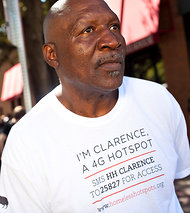Under the Dodd-Frank financial reform act, the Federal Trade Commission (FTC) is now going after auto dealers that imply to customer that they have no remaining debt obligation for trade-ins. Five dealers in four states (South Dakota, North Carolina, Connecticut and West Virginia) have already agreed to settlements that order them to stop running ads promising to pay off a customer’s loan on a trade-in.
Questions:
1. Explain the practice that the FTC is putting a stop to by using the journal entries that a dealer would make.
2. What percentage of new-car shoppers in 2011 traded in a car on which they had negative equity? Develop an example of this using T-accounts from the point of view of the car owner.
3. The FTC is accepting public comments on the proposed dealer settlements until what date?
Source: Singletary, M. (2012). Trading in a car? Don’t get taken for a ride. The Washington Post, March 17 (Retrievable online at http://www.washingtonpost.com/auto-dealers-take-trade-in-owners-for-a-ride/2012/03/12/gIQAT2sRJS_story.html)














